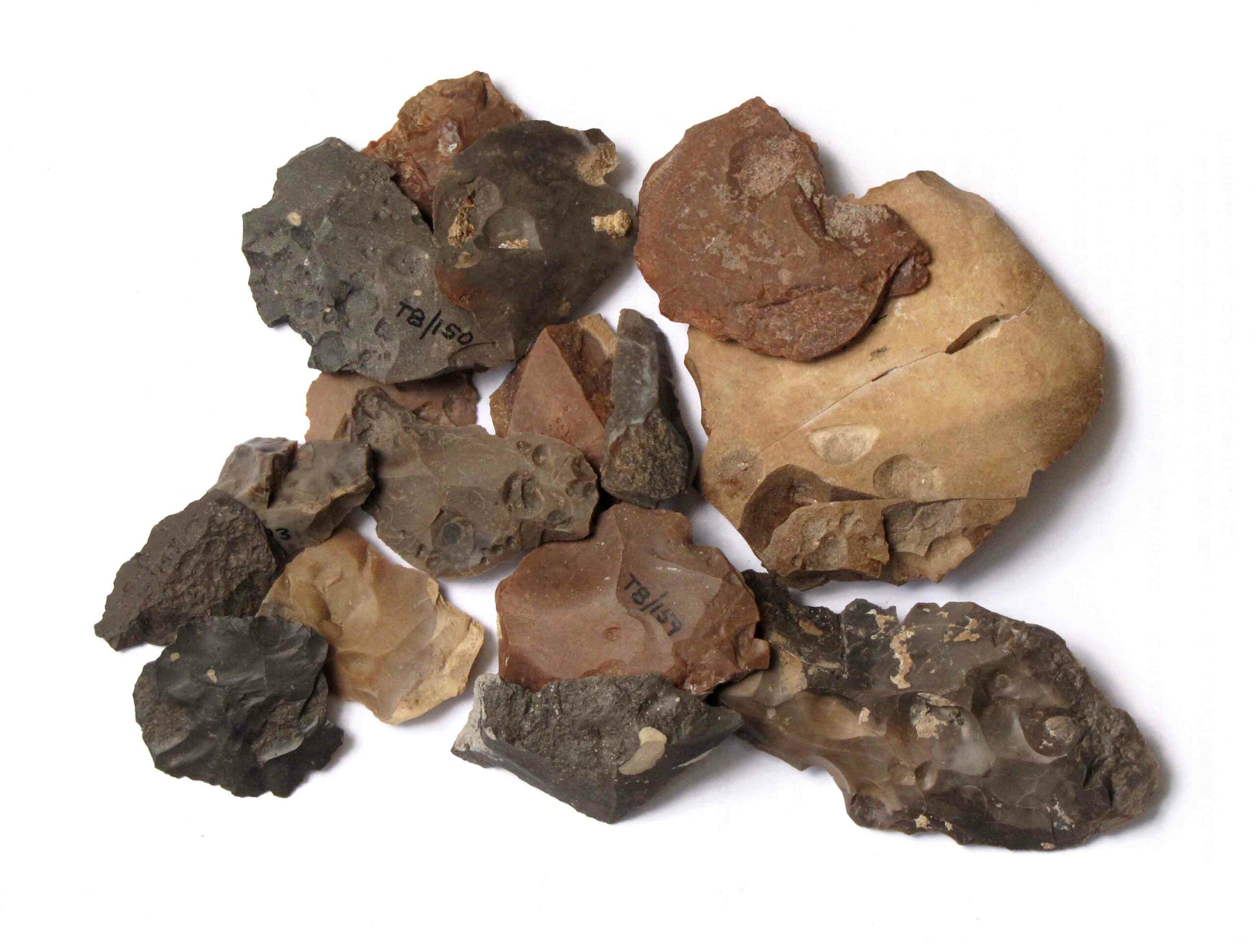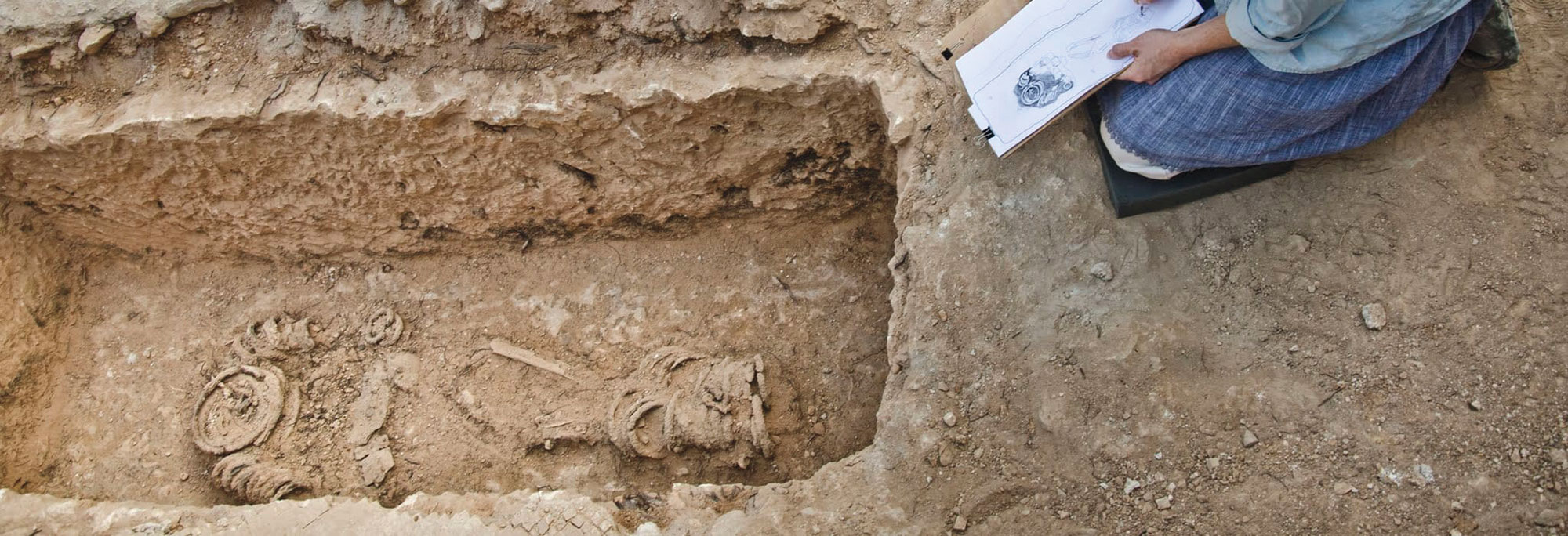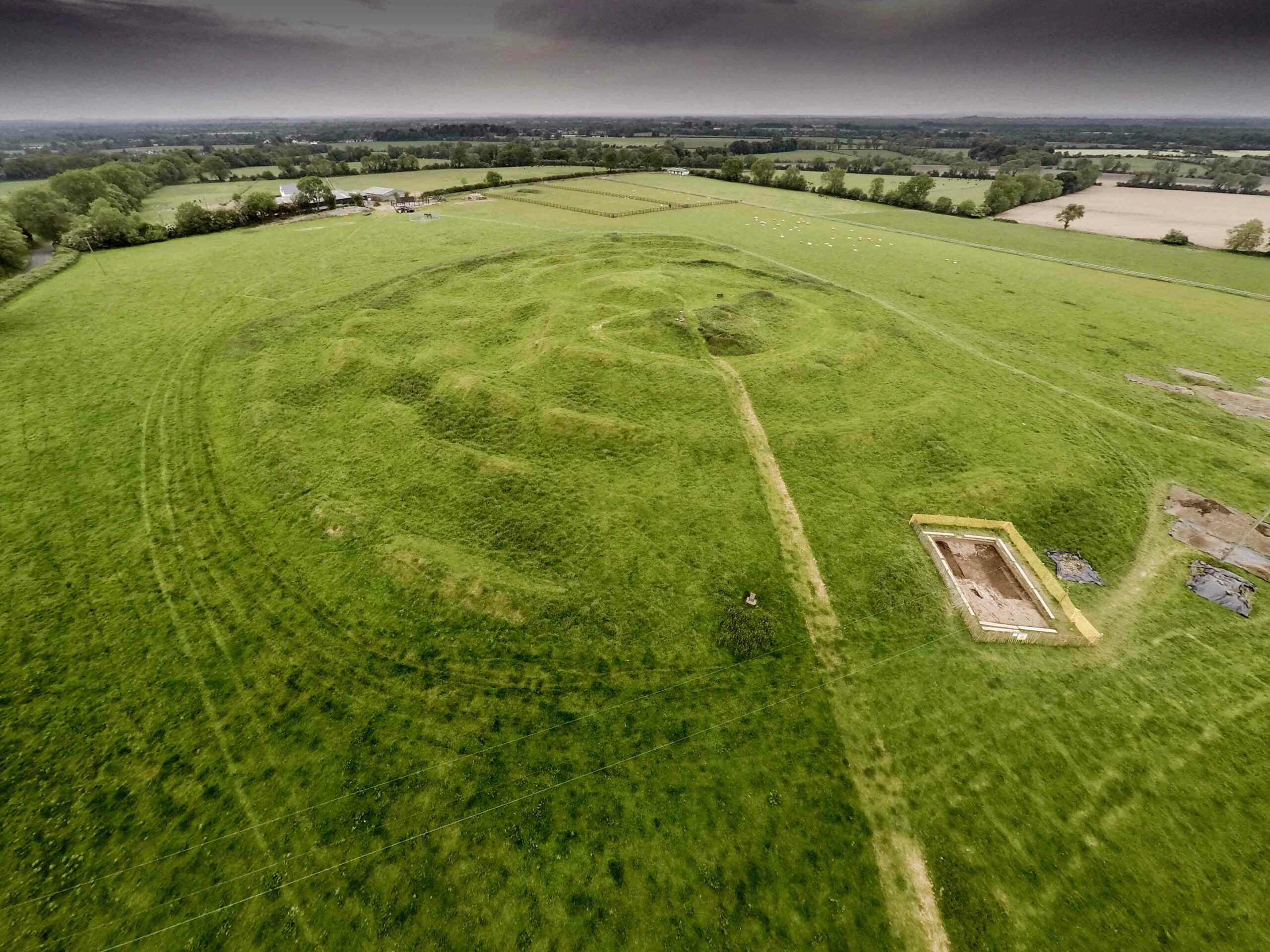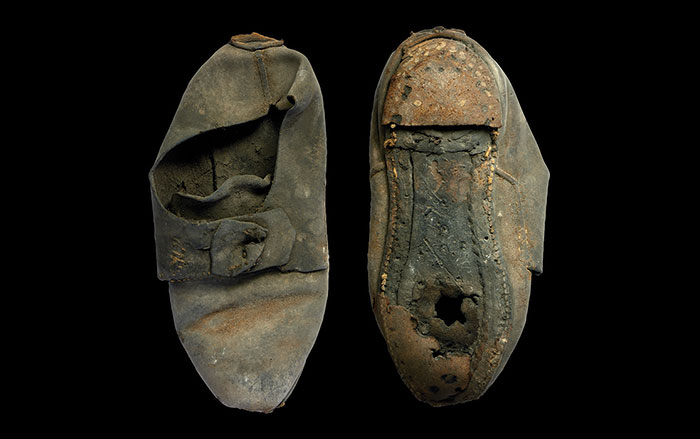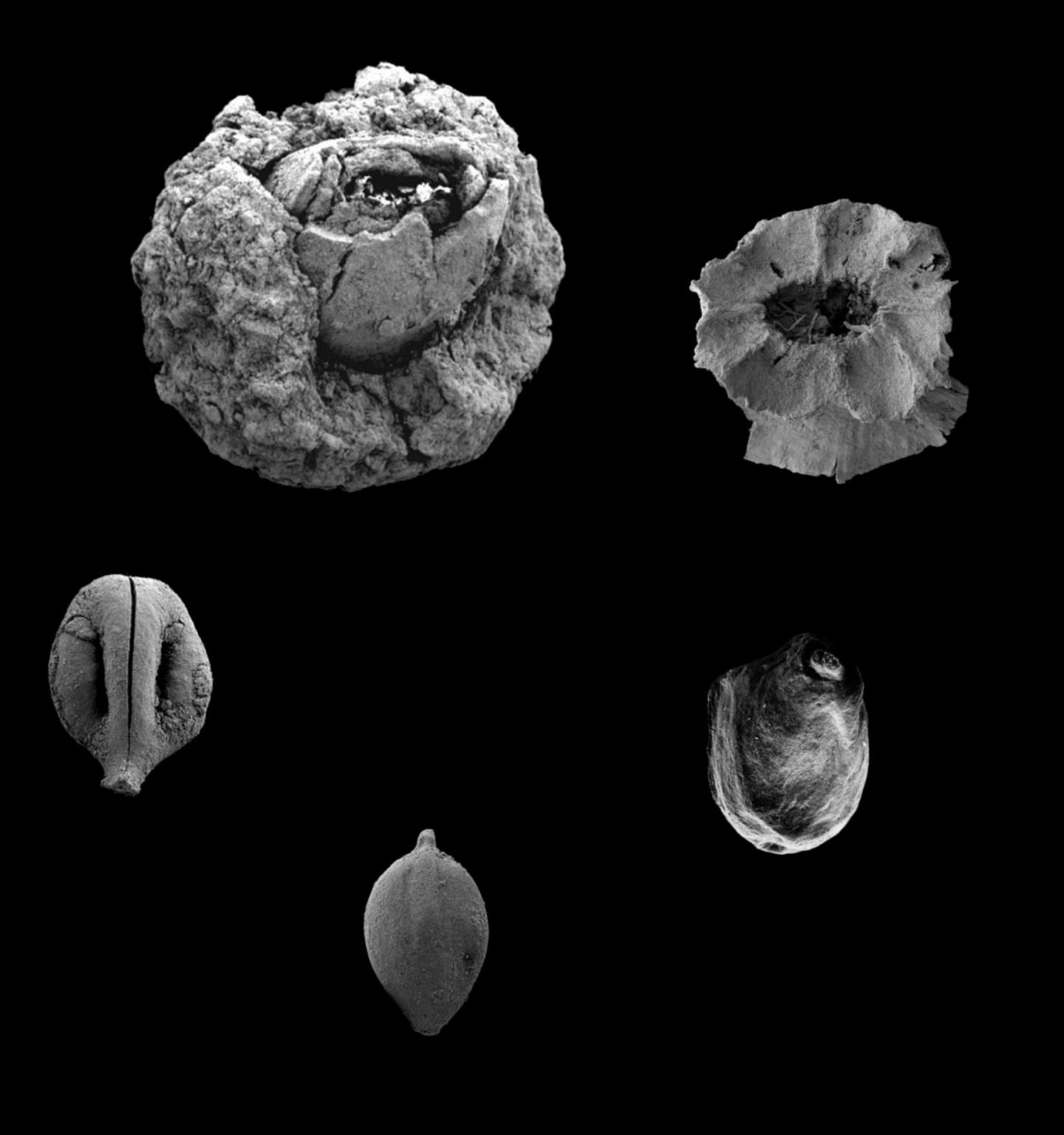
JERUSALEM, ISRAEL—New Scientist reports that remnants of edible plants dating back 780,000 years have been found at the Gesher Benot Ya’aqov site in northern Israel. Evidence of more than 50 different kinds of plants was preserved in the waterlogged site, along with evidence of occupation, probably by Homo erectus. The plant remains suggest that, in addition to animal foods, Paleolithic human ancestors ate a wide variety of seasonal nuts, fruits, seeds, leaves, stems, roots, and tubers, which were collected from plants, trees, and shrubs. Gesher Benot Ya’aqov is also known for its early evidence of the use of fire by human ancestors. Naama Goren-Inbar of the Hebrew University of Jerusalem explained that roasting the region’s plants would have made more of them edible. “The modern human diet is clearly restricted when compared to the [early] hominin diet or even to the early farmers’ diet,” said Goren-Inbar. For more, go to “Evolve and Catch Fire.”


